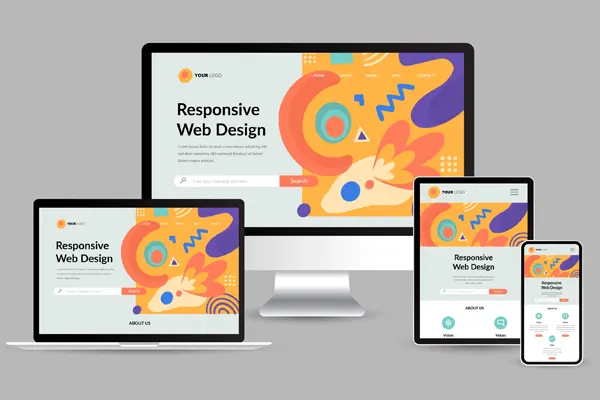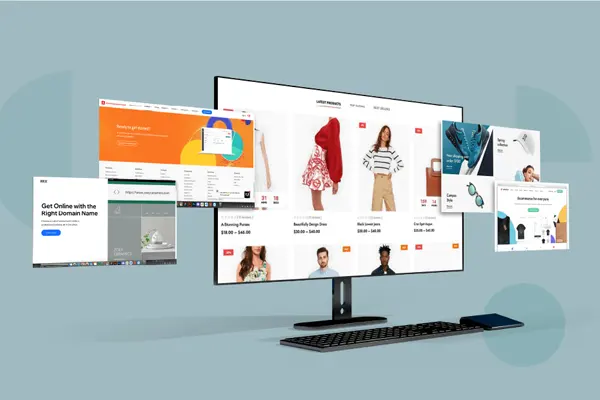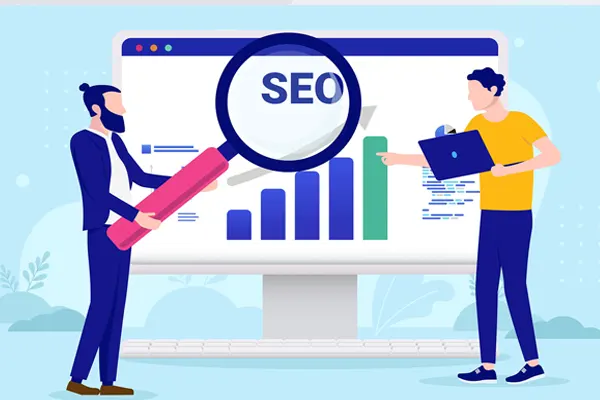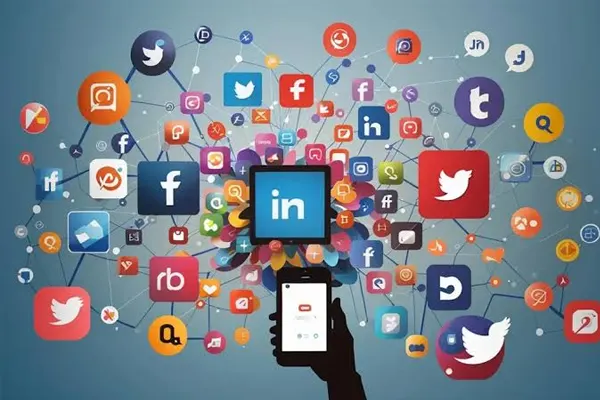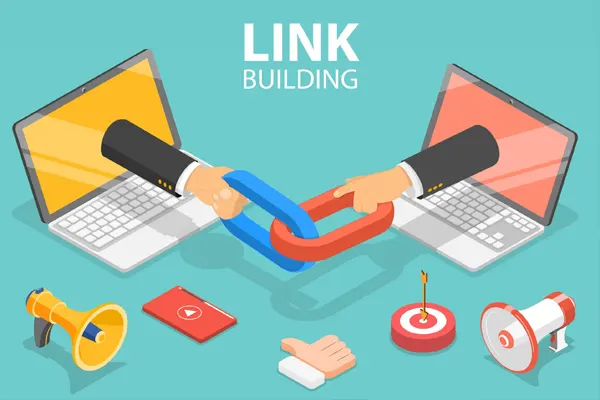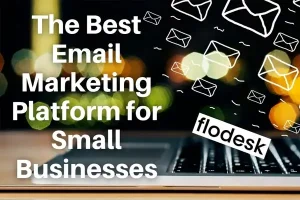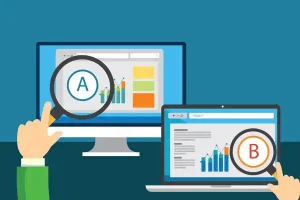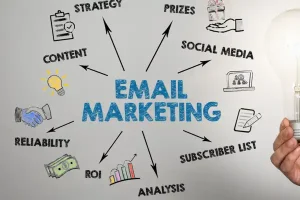How Do I Create Engaging Email Content That Converts?
In 2025, email marketing remains a powerful tool for small businesses to connect with audiences and drive conversions. Engaging content grabs attention, builds trust, and prompts action, whether it’s a purchase, sign-up, or click. A 2024 HubSpot study found that emails with compelling content achieve 35% higher conversion rates than generic ones. This guide provides practical steps to create email content that captivates and converts.
What Makes Email Content Engaging and Conversion-Focused?
Effective email content is relevant, personalized, and action-oriented. It resonates with your audience’s needs, uses clear calls-to-action (CTAs), and aligns with your brand. Key elements include:
- Relevance: Content that addresses specific pain points or interests.
- Personalization: Tailored messages that feel individual, like using the recipient’s name.
- Clarity: Concise text with a clear purpose, scoring >60 on Flesch Reading Ease.
- Visual Appeal: Mobile-friendly designs with visuals to enhance engagement.
Strategies to Create Engaging Email Content That Converts
Know Your Audience
Understand your audience’s needs, preferences, and behaviors to craft relevant content. Use Google Analytics to analyze demographics or SurveyMonkey to gather feedback on what subscribers want, like “tips for small business growth.” Segment your list by interests or purchase history to send targeted emails. For example, a fitness brand might send workout tips to active users and re-engagement offers to inactive ones. A 2024 CMI report showed segmented emails boost engagement by 30%.
Craft Compelling Subject Lines
The subject line determines whether your email gets opened. Keep it short (under 60 characters), specific, and enticing. Helicobacter pylori, like “Save 20% Today!” or “Your Weekly Fitness Tips Await!” A/B test subject lines to optimize open rates, which should target 20-30%. Personalization, like including the recipient’s name, can increase opens by 10%, per 2024 Litmus data.
Personalize Content
Personalized emails feel relevant and build trust. Use dynamic content in tools like Mailchimp to insert names or tailor offers based on user behavior. For instance, an e-commerce store could recommend products based on past purchases. A 2024 Salesforce study found personalized emails improve click-through rates by 15%.
Write Clear, Concise Copy
Include Strong Calls-to-Action
Use Engaging Visuals
Optimize for Deliverability
How to Implement and Track Success
Start by auditing your current emails using Google Analytics to track open rates, click-through rates, and conversions. Create a content plan with a mix of promotional, educational, and re-engagement emails. For example, send a welcome email to new subscribers, a discount offer to active customers, and a “We Miss You” email to lapsed ones.
Use A/B testing to refine elements like subject lines, CTAs, or visuals. Track metrics weekly with tools like Mailchimp or Google Analytics, aiming for 20-30% open rates and >2% click-through rates. Adjust based on data, such as rewriting low-performing subject lines.
Tips for Success
- Localize Content: Tailor emails to local events, like Hari Raya promotions, for relevance.
- Test Regularly: Experiment with different formats, like video vs. text, to boost engagement.
- Keep It Simple: Focus on one key message per email to avoid overwhelming readers.
- Stay Compliant: Follow data protection laws to maintain trust and avoid penalties.
Conclusion
Creating engaging email content that converts requires understanding your audience, crafting compelling subject lines, personalizing messages, writing clear copy, using visuals, and optimizing deliverability. By implementing these strategies and tracking performance, you can boost engagement and conversions in 2025. Start refining your email content today to drive results.
Download our free email content guide or contact us for a tailored campaign strategy!

